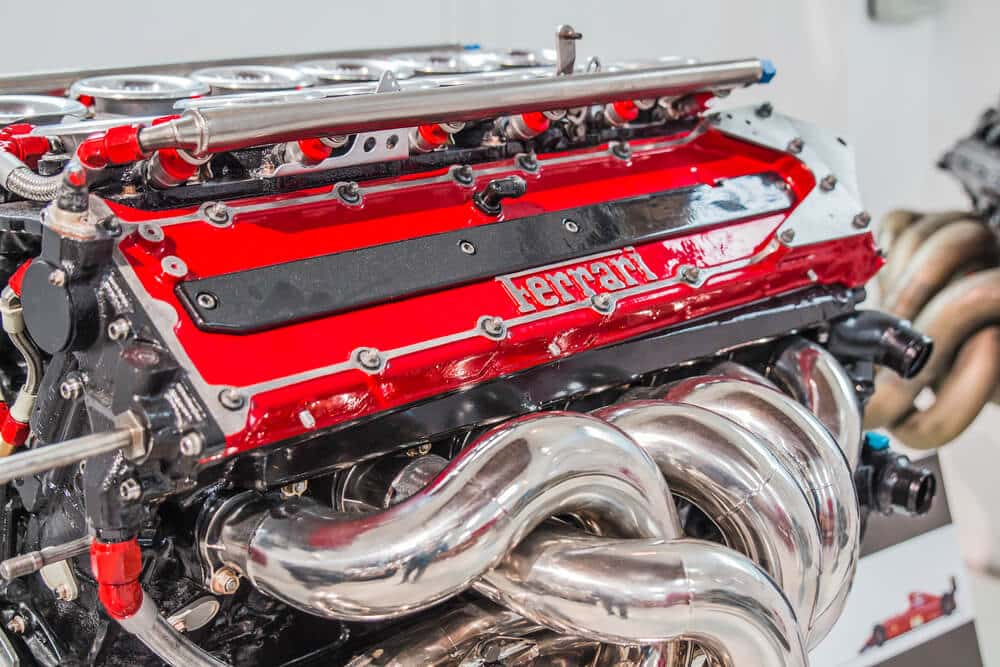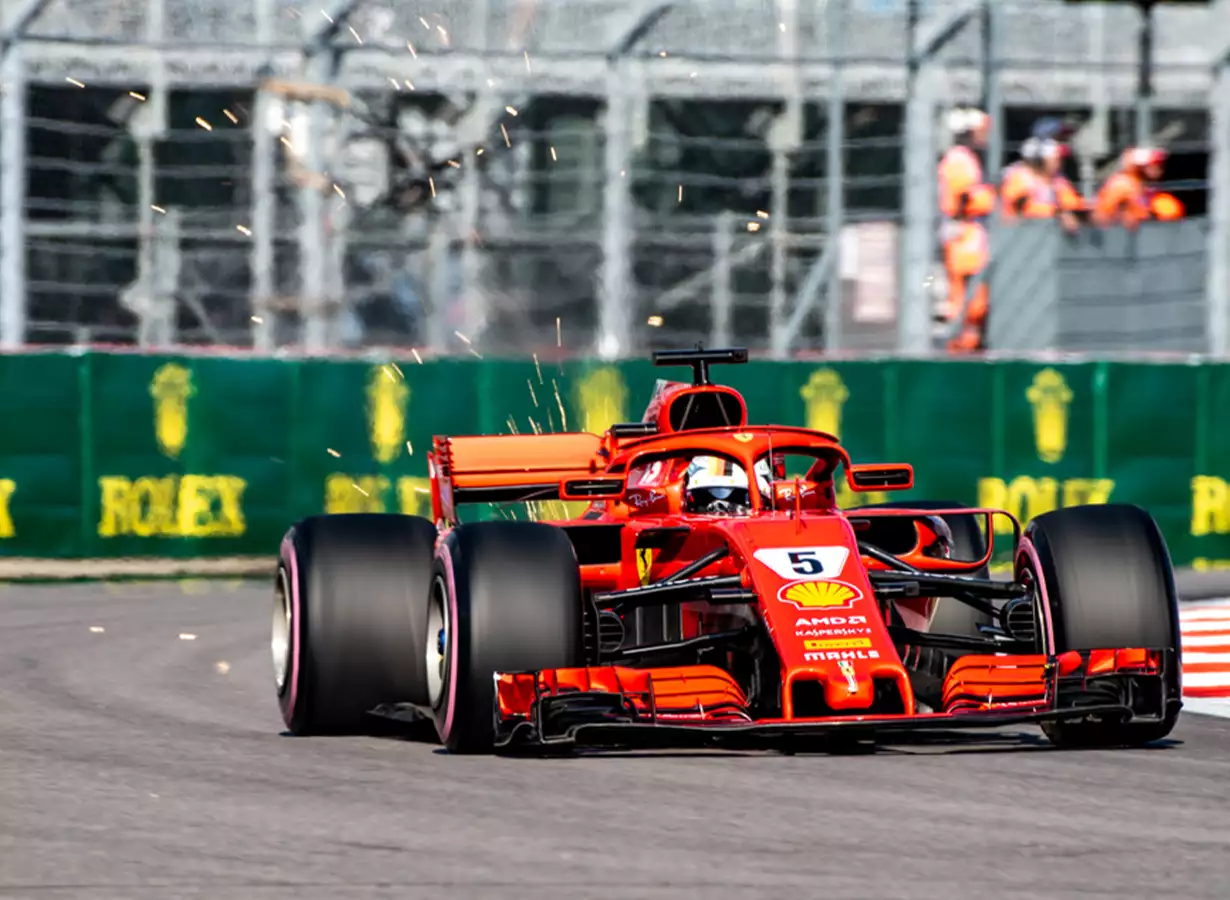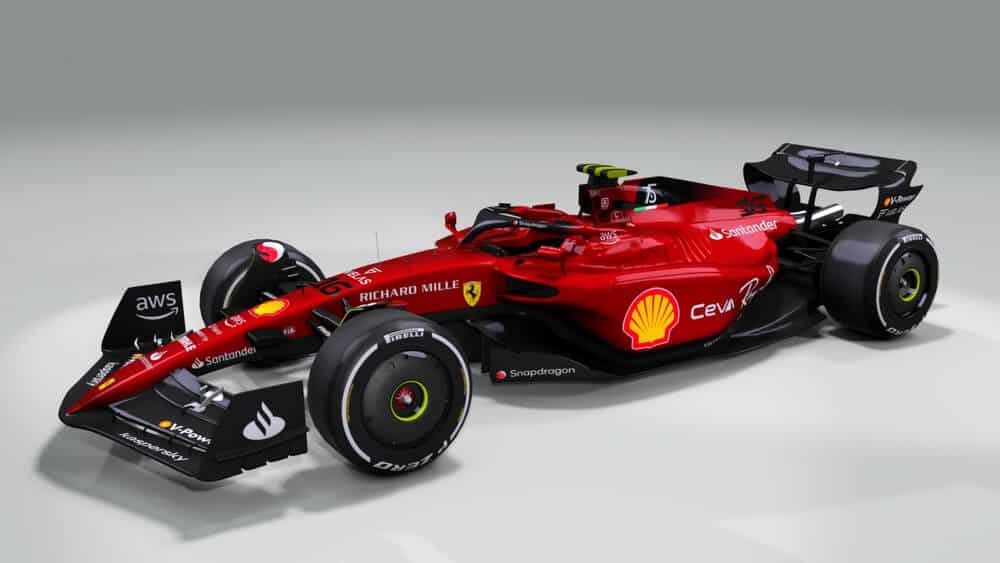In the exhilarating world of Formula One racing, where every second counts, the power unit reigns supreme. At the heart of every Formula One car lies a complex masterpiece of engineering, meticulously designed to deliver mind-boggling power, exceptional efficiency, and unrivaled performance. Join me on an exploration of the power unit, delving into its evolution, components, development, challenges, and future trends.
Table of Contents
Watch this video to learn more about hot the power unit works in F1.
Evolution of Formula One Power Units
Before we dive into the intricate details of modern Formula One power units, let’s take a quick trip back in time to appreciate their evolution. From the roaring V12 engines of the past to the groundbreaking hybrid power units of today, Formula One power units have witnessed a remarkable transformation. Each era introduced new technological advancements, pushing the boundaries of performance and efficiency.
The dawn of the hybrid era in 2014 marked a pivotal moment in Formula One history. These sophisticated power units combine a highly efficient internal combustion engine (ICE) with cutting-edge energy recovery systems (ERS). The goal was clear: to extract maximum power from every drop of fuel while embracing sustainability.
Components of a Formula One Power Unit
1. Internal Combustion Engine (ICE)
The beating heart of a Formula One power unit is the internal combustion engine. These powerhouses are marvels of engineering, blending raw power with intricate precision. Let’s explore the key aspects of a Formula One ICE:
- Configuration, Displacement, and Cylinders: Formula One ICEs typically have a V6 configuration with a displacement of 1.6 liters. They boast six cylinders, each with its own combustion chamber, generating immense power.
- Fuel Efficiency Measures: Formula One teams continuously optimize fuel efficiency through advanced technologies such as direct injection and variable valve timing. These advancements enhance combustion efficiency and extract every ounce of power.
- Power and Torque Output: Formula One ICEs unleash astonishing power, reaching up to 1000 horsepower. Torque figures can surpass 500 Nm, providing mind-bending acceleration.
2. Energy Recovery Systems (ERS)
To enhance power delivery and efficiency, Formula One power units integrate advanced energy recovery systems. These systems harness energy that would otherwise be lost during braking and heat dissipation. Let’s explore the two primary components of ERS:
- Kinetic Energy Recovery System (KERS): KERS converts kinetic energy generated during braking into electrical energy, which is then stored for later use. The power output can reach around 120 kilowatts, providing an extra boost of acceleration during crucial moments.
- Heat Energy Recovery System (HERS): HERS captures waste heat from the exhaust and cooling systems, transforming it into useful energy. This recovered energy can be used to power various ancillary systems and further optimize the overall efficiency of the power unit.
3. Energy Storage
Efficient energy storage is vital for the seamless operation of a Formula One power unit. Cutting-edge batteries or capacitors serve as the energy storage system, providing instant power when required. These energy storage units offer high power density, allowing for quick energy deployment during intense racing situations. Optimal management of energy storage is crucial to ensure maximum performance throughout the race.
4. Control Electronics and Software
Behind the scenes, sophisticated control electronics and software orchestrate the harmonious functioning of the power unit. Real-time monitoring, precise regulation of power delivery, and data analysis play a pivotal role in optimizing performance. The complexity of the control systems necessitates highly advanced software, enabling teams to extract every ounce of potential from their power units.
To gain a comprehensive understanding of the power unit components, let’s take a closer look at a table summarizing their key specifications:
| Component | Key Specifications
| Internal Combustion Engine (ICE) |
| Configuration | V6 |
| Displacement | 1.6 liters |
| Cylinders | 6 |
| Fuel Efficiency Measures | Direct injection, variable valve timing |
| Power Output | Up to 1000 horsepower |
Torque Output | Over 500 Nm |
Energy Recovery Systems (ERS) | |
Kinetic Energy Recovery System (KERS) | |
Power Output | Around 120 kilowatts |
Heat Energy Recovery System (HERS) |
Utilizes | Waste heat from exhaust and cooling systems |
Energy Storage | |
Type | Battery or capacitor |
Characteristics | High power density, instant power deployment |
Control Electronics and Software | |
Functions | Real-time monitoring, power regulation, data analysis |
Power Unit Development and Innovation
The world of Formula One is driven by relentless research and development efforts aimed at pushing the boundaries of power unit performance. Let’s explore the key aspects of power unit development:
1. Research and Development
Formula One teams, in collaboration with engine manufacturers, invest substantial resources into research and development. These efforts focus on enhancing efficiency, reliability, and overall performance. Extensive testing, simulations, and constant iteration pave the way for advancements in power unit technology.
2. Advancements in Materials and Manufacturing
The quest for performance improvement extends to the materials and manufacturing techniques employed in power unit construction. Lightweight and durable materials, such as advanced alloys and composites, play a crucial role in weight reduction without compromising structural integrity. Additive manufacturing, or 3D printing, allows for intricate designs and rapid prototyping, facilitating the development of complex components.
3. Sustainable Solutions
In line with the growing emphasis on sustainability, Formula One is actively exploring environmentally friendly solutions for power units. The introduction of sustainable fuel alternatives is a key focus area. These fuels, derived from renewable sources, offer the potential to significantly reduce carbon emissions while maintaining performance standards. Additionally, the integration of renewable energy sources for power unit charging is being explored, aligning Formula One with a greener future.
Challenges and Future Trends
1. Technical Challenges
Power unit development poses various technical challenges that demand innovative solutions. Among them are:
- Thermal Management: Efficient cooling and heat dissipation in the power unit are crucial for maintaining optimal performance while avoiding overheating.
- Energy Storage Capacity: Increasing the capacity of energy storage systems without compromising weight and size presents a continuous challenge.
- Weight Optimization: Reducing the weight of power units while maintaining structural integrity and reliability is a constant pursuit.
2. Future Trends and Innovations
The future of Formula One power units holds exciting possibilities. Let’s explore some emerging trends and potential innovations:
- Alternative Fuels: Formula One is actively investigating the integration of alternative fuels, such as synthetic fuels and biofuels, to reduce environmental impact without sacrificing performance.
- Propulsion Systems: Electric and hydrogen-powered propulsion systems are on the horizon, offering the potential for zero-emission racing in the future. These technologies are being explored for their viability in Formula One.

Frequently Asked Questions
1. What is a power unit in Formula One?
2. How does the internal combustion engine (ICE) in a Formula One power unit work?
3. What are the energy recovery systems (ERS) in a Formula One power unit?
4. How is energy stored in a Formula One power unit?
Conclusion
The power unit is the beating heart of a Formula One car, combining cutting-edge technology, precision engineering, and relentless pursuit of performance. From the evolution of power units to the intricate components, development challenges, and future trends, we have explored the fascinating world that powers the pinnacle of motorsport. As Formula One continues to push the boundaries of performance and sustainability, the power unit remains at the forefront of innovation, enabling drivers to conquer the most challenging circuits and achieve greatness on the global stage.
In this article, we have delved into the complex and multifaceted world of Formula One power units. We explored the evolution of power units, from the roaring engines of the past to the revolutionary hybrid systems of today. We dissected the key components, including the internal combustion engine, energy recovery systems, energy storage, and control electronics. Through the use of tables and bullet points, we provided specific and concise information, enhancing the readability and clarity of the article.
Furthermore, we examined the ongoing development and innovation in power unit technology. Research and development efforts, advancements in materials and manufacturing, and the pursuit of sustainable solutions were highlighted as crucial factors driving progress in Formula One. We also acknowledged the technical challenges faced by engineers and explored future trends, such as the integration of alternative fuels and the potential for electric and hydrogen-powered propulsion systems.
In conclusion, the power unit in Formula One is not just an engineering marvel but a testament to human ingenuity and the relentless pursuit of excellence. Its evolution, components, development, and future trends shape the dynamic landscape of the sport. As Formula One continues to captivate fans worldwide, the power unit will remain at the heart of this high-speed, high-performance spectacle, pushing the limits of what is possible on the racetrack.
Article sources
Learn more about Formula One
Want to learn more about F1? Then visit our Formula 1 glossary and dictionary.


